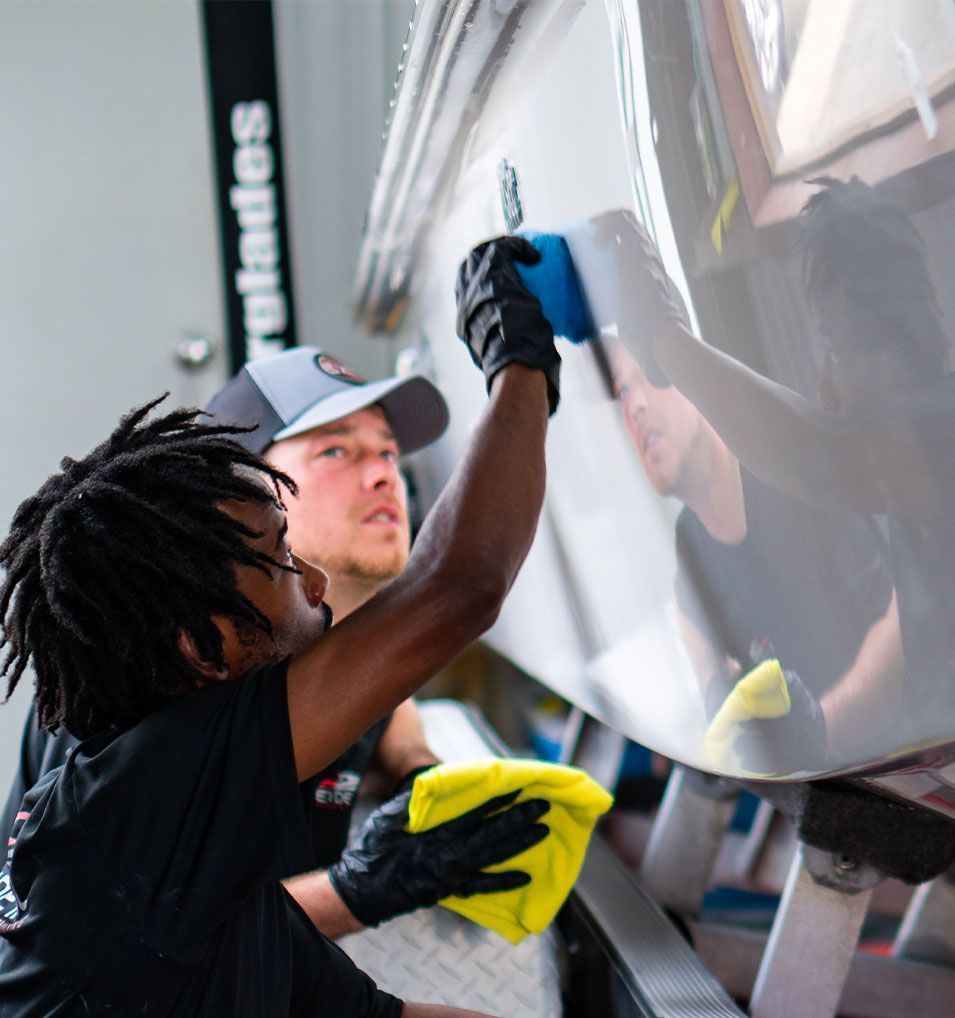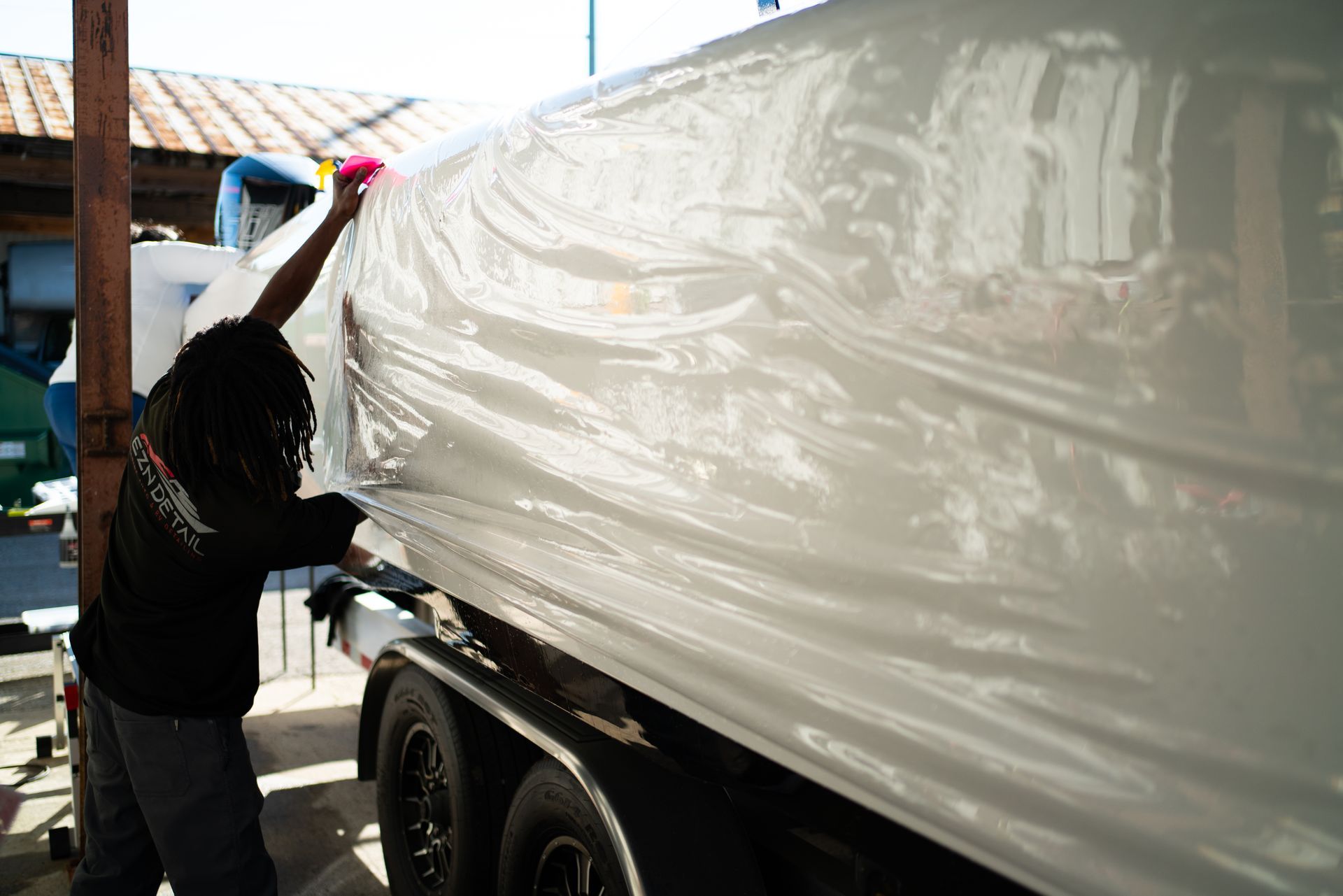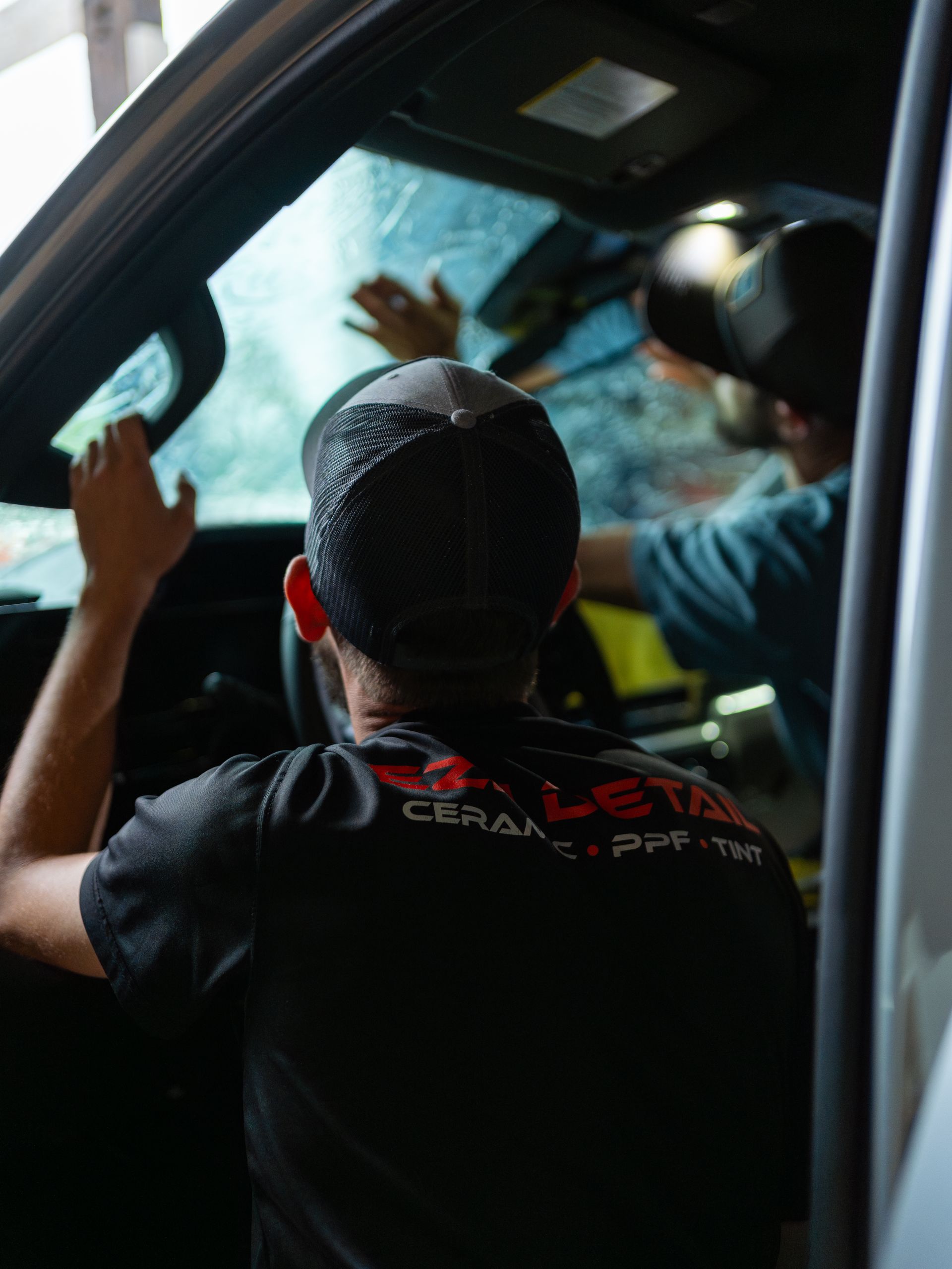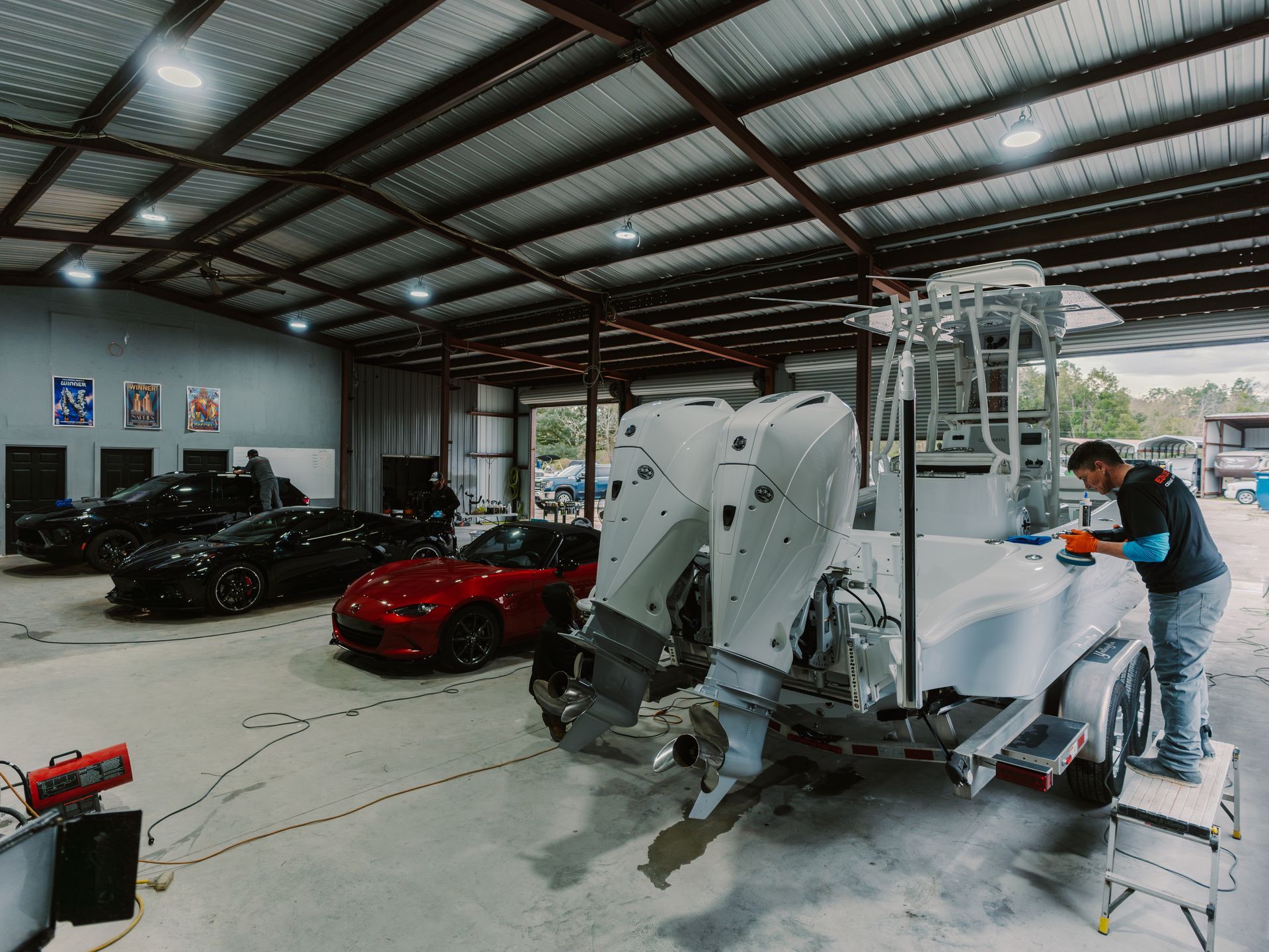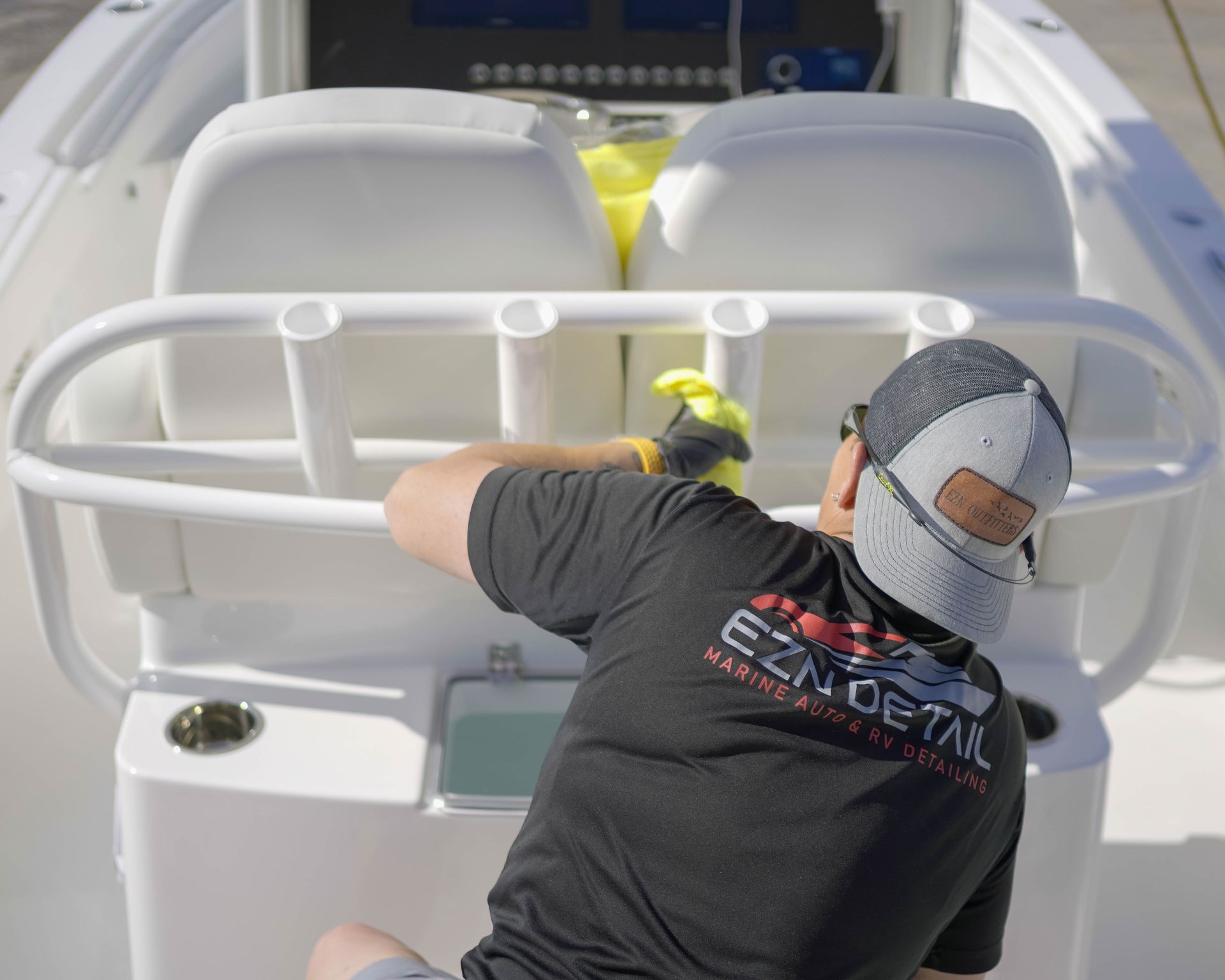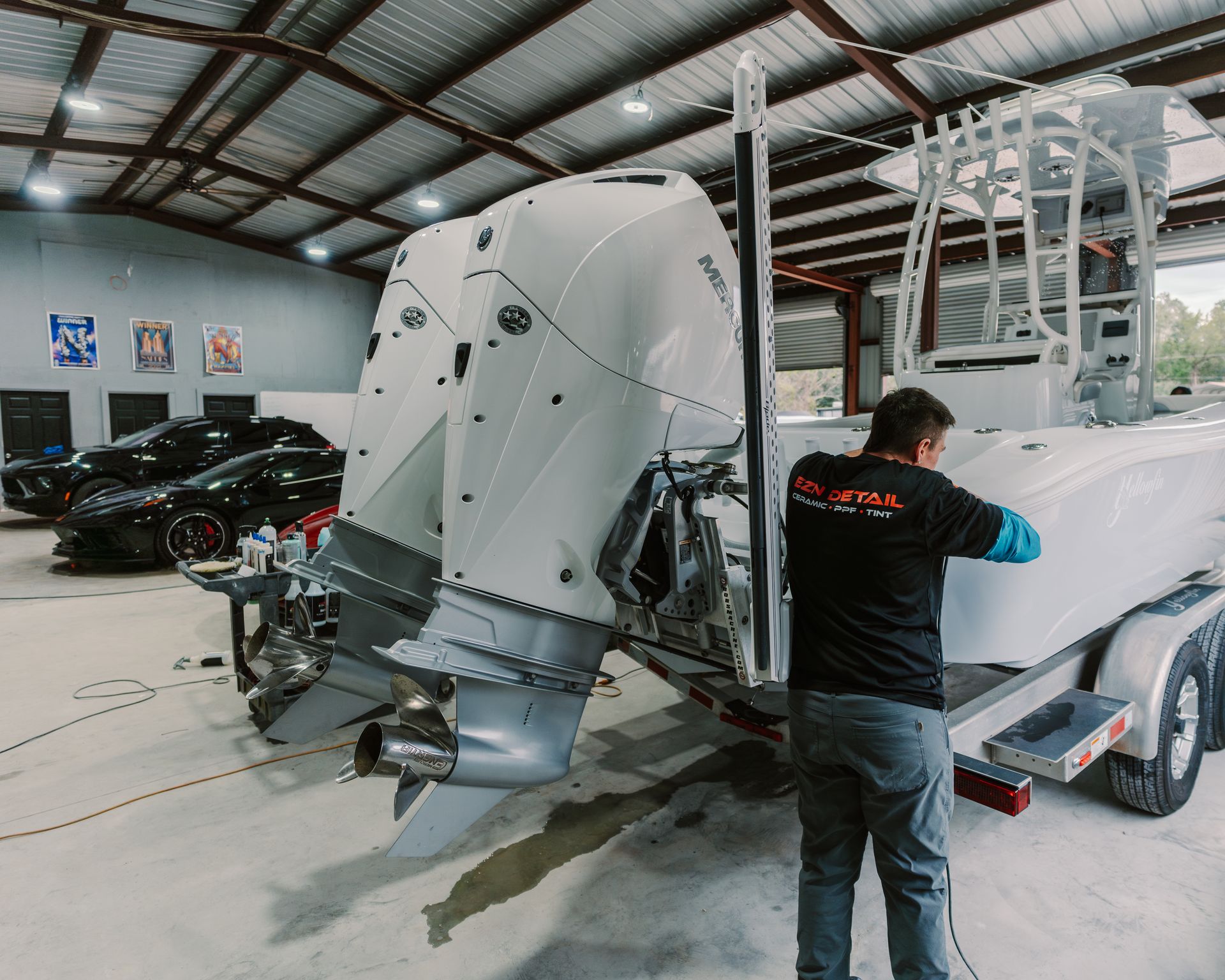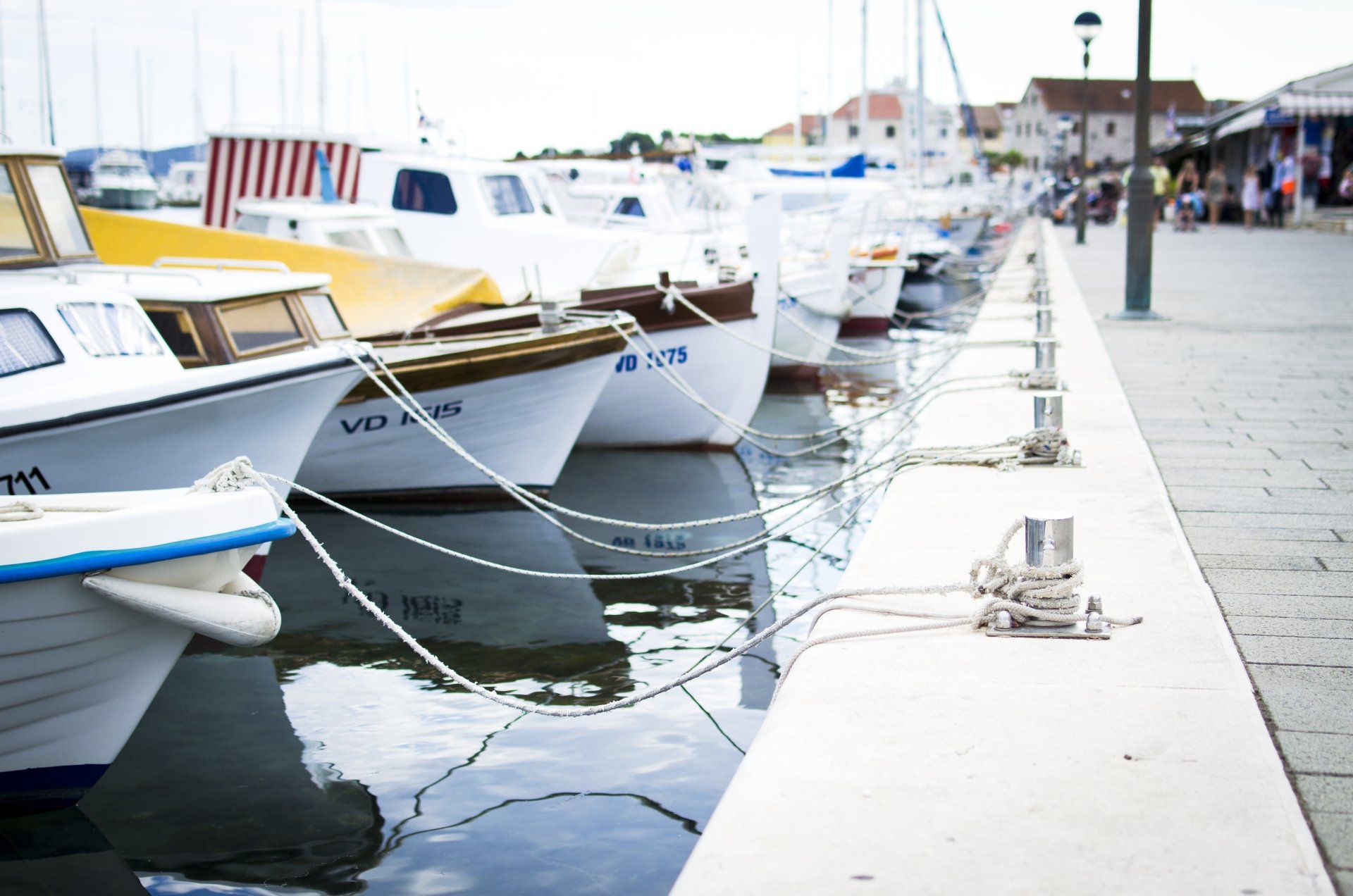Why Proper Cure Time Is Essential for Long-Lasting Boat Ceramic Coating
GET INSTANT PRICE (251) 338-5637When it comes to protecting your boat, a ceramic coating might seem like just another fancy finish. However, the truth is that this coating acts as a shield against harsh marine elements and keeps your vessel looking excellent. Understanding the proper cure time is crucial for maximizing the durability and effectiveness of this coating. Imagine putting in hours of work to apply a shiny new coat, only to see it fail prematurely because you rushed the curing process! It’s easy to overlook this critical factor, but we’re here to break down why taking the time for proper curing can save you from headaches—and money—down the road.
Proper cure time is essential for lasting boat ceramic coating, as it ensures the optimal bonding of the coating to the surface, allowing it to form a protective barrier against environmental elements. Neglecting the recommended cure time can lead to diminished durability, uneven application, and potential damage from UV rays and water exposure.
Proper Cure Time for Boat Ceramic Coatings
The cure time for ceramic coatings on boats is not a mere suggestion; it is vital for ensuring the long-term durability and effectiveness of the coating. This period typically ranges from 24 hours to two weeks, depending on the specific chemical makeup of the product used. Many boat owners overlook this crucial aspect in their eagerness to showcase their freshly coated vessels.
Initial Drying Phase
After applying the ceramic coating, you'll enter an initial drying phase that lasts about 2 to 4 hours. During this time, your coating transitions from liquid to a tacky state, starting to bond with the surface of your boat. It's important to keep hands and any objects away from the surface; even minor contact can mar the smooth finish or lead to unsightly fingerprints.
Full Curing Phase
So, after that initial drying phase, how can you tell when the surface has fully cured?
The full curing phase can extend from 5 to 14 days, as solvents slowly evaporate from the coating. This duration allows for a robust, solid protective layer to form. Interrupting this critical period by exposing it to water or debris too soon can compromise integrity and performance. If you push against that timeline out of impatience, you run the risk of dealing with weak spots or uneven areas that may need additional correction later on.
But why is timing such an essential aspect of maintaining your boat's beautiful exterior?
Timing plays a crucial role because it directly correlates with how well the coating adheres and protects your boat's surface. Insufficient curing time may lead to lower longevity claims and less effective protection against environmental factors like UV rays, saltwater, and harsh weather conditions.
Optimal Environmental Conditions
Temperature and humidity, when applied to boat ceramic coatings, are silent partners that can significantly impact the quality of your finish. Skipping on these factors could lead to a protective layer that fails against the harsh marine environment. Think of these elements as magic ingredients; their balance ensures your coating bonds properly.
Temperature
Typically, the ideal temperature range for curing ceramic coatings is between 50°F (10°C) and 85°F (29°C). When temperatures dip below this range, you'll notice a tangible slowdown in the curing process. The situation worsens in excessive heat, which can lead to over-evaporation of solvents, resulting in a brittle coating that offers little to no protection. Imagine preparing a delicate soufflé—too cold or too hot, and it's a disaster.
In my experience, applying a ceramic coating on a chilly morning made me painfully aware of how vital temperature management is. I watched the application process become sluggish and ultimately ineffective, forcing me to strip it all off and start over at a more favorable temperature.
Humidity
Don’t underestimate humidity; keeping levels below 70% is critical for optimal results. High humidity introduces moisture to the surface of the coating, disrupting the curing process by extending cure times and potentially jeopardizing durability. Imagine trying to paint a car while it is raining; the rain disrupts the entire process.
Low humidity is beneficial because it allows for quicker solvent evaporation, enabling the chemical components of your coating to bond firmly with the surface. This bonding gives your boat that rugged shield against UV rays, dirt, and abrasions.
Knowing when to apply your ceramic coating can make a significant difference in achieving a shining finish that can withstand both storms and sunlight.
With a firm grasp on how temperature and humidity affect your application, you're prepared to appreciate the nuances surrounding each step in achieving durability and resilience for your boat's finish. This awareness paves the way for understanding how proper technique can significantly influence long-term protection.
Importance of Correct Curing
When we think about ceramic coatings for our boats, the focus often lands on application techniques or choosing the right product. However, we cannot overstate the importance of correct curing; it's a critical factor in achieving that premier finish. Proper curing isn’t just a chore; it's a bridge to unlocking the full potential of these coatings. If you want your investment to last, this phase deserves special attention.
Enhanced Durability
Marine maintenance expert John D. emphasizes this point vividly, stating, “Properly cured ceramic coatings significantly enhance the boat's resistance to UV rays, salt water, and other environmental hazards.” What he means is that curing establishes a powerful bond between the coating and your boat's surface. This bond acts as an armor, defending against nature's wear and tear.
For instance, boats frequently exposed to harsh marine environments particularly benefit from this added resilience because it ensures that the coating withstands continuous exposure without compromising its protective qualities.
Conversely, if you rush the curing process due to impatience or ignorance, you might face repercussions that extend beyond visual flaws. Insufficient curing leads to issues such as hazing or weak adhesion, potentially reducing protective attributes by up to 50%. Imagine spending money on a high-quality ceramic coating only to watch it fail because you couldn't wait a few extra days!
Aesthetic Appeal
On top of durability, correct curing is vital for aesthetic reasons as well. The last thing anyone wants after spending time and money on their boat is to see streaks or patches forming along the surface. These imperfections serve as constant reminders of poor adherence and can diminish pride in ownership. Also, improper curing can cause discoloration, ruining the boat's appearance and your investment.
In contrast, when done correctly, the end result is a beautiful, glossy finish that attracts admiring glances and reflects the care you’ve given your vessel. It's about satisfaction—the gleaming surface upon which you can proudly place your hand says more than mere words could express.
The Application Process: DIY vs. Professional
Deciding whether to apply ceramic coatings yourself or hire a professional is an important consideration for any boat owner. While tackling this job on your own can seem appealing—especially with potential savings—it requires more than just enthusiasm.
A successful DIY application involves a careful process executed with precision. This begins with preparing the surface of your boat. Thoroughly cleaning is crucial; you must remove all existing waxes and contaminants to create a seamless bonding surface for the coating. Imagine preparing a canvas for a painting—the cleaner and smoother it is, the better the result will be.
Next, applying a marine ceramic primer becomes essential. This primer helps ensure better adhesion of the coating and supports its effectiveness over time. Following that, you'll move on to the actual coating application process, which should be done in small sections to manage control over the material used and ensure evenness across the surface.
Utilize a soft applicator pad here—think of it like applying sunscreen; you wouldn’t want to slap it on all at once but rather apply it evenly for maximum protection.
After letting the solution settle for a minute, the buffing process begins. This step polishes the area using a microfiber towel, cultivating that smooth, shiny finish we all crave.
Lastly, curing is vital; leaving your boat in a dry, shaded area for about 24 hours allows the newly applied coating to set properly.
Now that we've explored what it takes to go the DIY route, let's look into professional applications. Hiring experts brings along several advantages that can outweigh common concerns regarding cost. Professionals come equipped with specialized tools and extensive experience in applying marine ceramic coatings effectively. They have mastered techniques over countless applications, ensuring a flawless finish that enhances both appearance and protection against harsh marine conditions.
Ultimately, how meticulous you are and whether you possess sufficient patience for the task at hand may determine your decision. If you appreciate a hands-on approach and don’t mind experimenting, DIY may suit you well. Conversely, if you're looking for a worry-free outcome where the only thing left for you is enjoying your day on the water afterward, opting for professional service might just be worth every penny spent.
Transitioning from techniques of application to maintaining those coatings ensures longevity and effectiveness in protecting your investment in the water.
Maintenance of Ceramic Coatings
Maintaining a ceramic coating might seem daunting at first, but it quickly becomes an integral part of your boating routine. The essence of good maintenance lies in gentle care—using the right products and techniques that won’t harm the coating while providing thorough cleaning.
Regular rinsing is essential; after each outing, make it a habit to flush your boat with fresh water. This simple step aids in washing away salt deposits, dirt, and grime that can cause corrosion if left unattended.
Routine Washing Practices
When it comes to washing your boat, frequency matters. Ideally, aim for a bi-monthly deep clean using a dedicated marine shampoo formulated specifically for ceramic coatings.
This helps retain the hydrophobic properties that are vital in repelling water. A gentle application is key; avoid aggressive scrubbing, which can wear down the ceramic layer over time. Instead, use soft microfiber cloths or sponges explicitly designed for marine use.
Imagine being out cruising on the open water, surrounded by scenic views while feeling confident knowing your boat is protected against the elements!
- Regular Rinsing: Always rinse your boat with fresh water after each outing to eliminate salt.
- Bi-monthly Washing: Utilize a specialized marine ceramic coating shampoo to preserve its protective qualities.
- Inspect and Touch Up: Check for damages after any exciting trip and address issues promptly before they escalate.
Annual Inspection and Care
To further extend the life of your coating, scheduling an annual professional inspection can be invaluable. During this check-up, experts can assess the integrity of the coating and touch it up or reapply it as necessary. Think of this step as a top-notch insurance policy for your vessel—you may not need it often, but when you do, you’re grateful for that extra measure of protection.
In addition to regular washing and annual reviews, applying a maintenance spray every 3 to 6 months can enhance the hydrophobic properties of the coating even more. This ensures optimal performance against UV rays and other environmental challenges.
Investing time in maintenance not only safeguards your ceramic coat but also elevates your overall experience on the water. Having confidence in the protection of your vessel allows you to explore the financial aspects of upkeep and investment potential.
Essential Tips for New Boat Owners
For those new to boating, understanding the nuances of marine ceramic coatings is crucial. Think of it as an investment that protects your boat while enhancing its longevity and appearance.
One of the most important aspects a first-time owner should consider is starting small. Focus on high-impact areas like the hull and deck first. By concentrating your efforts on these essential spots, you gain a clear understanding of how the coating works while keeping costs manageable. This way, if mistakes happen—and they often do during the learning phase—they’ll be less costly to correct.
Alongside this hands-on approach, it is wise to educate yourself thoroughly about ceramic coating applications. Engage with friends who are experienced boaters, and utilize online resources like YouTube tutorials or specific guides dedicated to marine care. These visual aids serve as practical companions during your application process; seeing someone perform a task can make it feel much less daunting when it comes time for you to tackle it yourself.
Finding trustworthy sources for advice or product recommendations is a common concern among new boat owners. Online communities can be a valuable resource in this regard. Joining forums or Facebook groups can be incredibly enriching as members share their hard-earned tips and tricks about different coatings and their own experiences with products. It’s comforting knowing that there are many others out there navigating similar challenges, and their insights can illuminate your pathway.
Hearing from fellow boat enthusiasts can help demystify the process. Beyond individual education and community engagement, remember that maintenance doesn’t stop at application. Regular upkeep of your ceramic coat is essential for ensuring maximum performance over time. Routine washing with a pH-neutral soap will not only maintain the integrity of the coating but also keep your vessel looking pristine.
Ultimately, armed with knowledge learned from trusted sources and supported by fellow boaters, you will find your boating experience enhanced as you protect your investment through informed care strategies while enjoying every moment on the water.
Incorporating marine ceramic coatings into your vessel's maintenance routine can significantly amplify your enjoyment of the water. Should you have any questions or need guidance, don’t hesitate to reach out! Call us at (251) 338-5637 or visit
EZN Detail today.


